Boxwoods, known as the “oldest garden ornamental for man” by the American Boxwood Society, have a long history dating back to ancient Egypt where they were used as decorative plants as far back as 4000 BC. This plant was introduced to North America from Amsterdam, in Europe in the 1600s. Boxwoods grew in popularity, becoming a garden staple during the colonial era.
Today, boxwoods are used as an accent, screening or edging plant. In the United States for example you will find boxwood gracing the formal gardens of renowned landmarks such as Versailles, Mount Vernon, and the White House. The popularity of boxwoods can be attributed to their versatility and ease of care anywhere they are grown.
Boxwoods belong to the genus Buxus. Buxus is the Latin name for boxwood or box tree. The common name of boxwood refers to the wood used to make carved decorative boxes. Another etymology is that boxwood describes the square stems of its young plants or its compact-growing leaf structure that allows it to be pruned and shaped as a hedge.
Overall, boxwood trees and shrubs include approximately 90 species and hundreds of cultivars. With their dense, evergreen foliage, they are ideal for creating formal garden designs, providing structure and year-round greenery. Many different varieties of boxwoods are suitable for hedges. Each has different features, including size, shape, color, texture and ability to adapt to different U.S. Department of Agriculture plant hardiness zones.
List of Boxwood Shrubs
- American Boxwood (Buxus sempervirens)
- English Boxwood (Buxus sempervirens ‘Suffruticosa’)
- Korean Boxwood (Buxus microphylla)
- Japanese Boxwood (Buxus microphylla var. japonica)
- Green Beauty Boxwood (Buxus sempervirens ‘Green Beauty’)
- Graham Blandy Boxwood (Buxus x ‘Graham Blandy’)
- Golden Dream Boxwood (Buxus x ‘Golden Dream’)
- Wee Willie Boxwood (Buxus sinica var. insularis ‘Wee Willie’)
- Winter Gem Boxwood (Buxus sinica var. insularis ‘Winter Gem’)
- Green Mound Boxwood (Buxus sempervirens ‘Green Mound’)
- Fastigiata Boxwood (Buxus sempervirens ‘Fastigiata’)
- Dwarf English Boxwood (Buxus sempervirens ‘Suffruticosa’ ‘Dwarf English’)
- Justin Brouwers Boxwood (Buxus x ‘Justin Brouwers’)
- Green Tower boxwood (Buxus sempervirens ‘Monrue’)
- Green Velvet Boxwood (Buxus ‘’Green Velvet’’)
- Morris Midget boxwood (Buxus microphylla var. japonica “Morris Midget”)
Characteristics of Boxwood Shrubs
- They have a long history as decorative plants and can be used for shaped hedges, topiaries, screens, walkway borders, bonsai and shaped container plants.
- Some grow only a foot tall while others can reach up to 15 feet tall.
- They are generally slow-growing plants with dark green glossy leaves. The dense, green foliage of boxwoods is attractive and provides timeless interest anywhere they are grown.
- Some varieties have variegated leaves. Leaf shape depends on the variety; some are round while others are elliptical.
- They are easily adaptable to a wide range of soils and growing conditions.
- During the spring, boxwoods produce small cream-white flowers, but they are not ornate or showy.
- Most of the boxwoods are slow-growing and cold-tolerant .
- They are generally resistant to pests and diseases, although they can be susceptible to boxwood blight.
- They can live for up to 40 years, if well cared for.
American boxwood
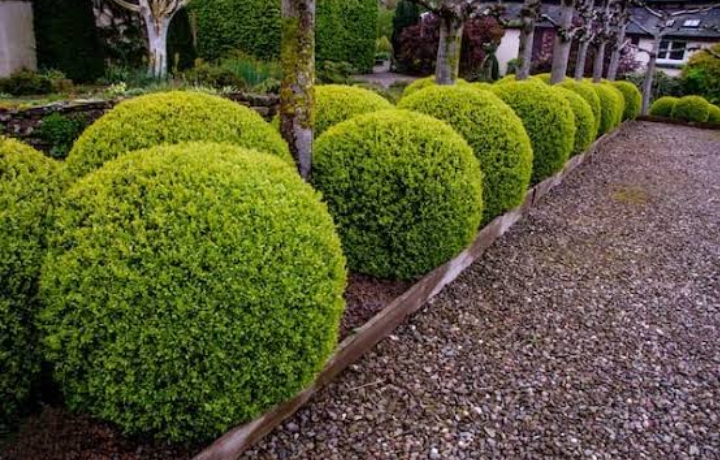
American boxwood also referred to as common boxwood is native to the eastern United States. It is a slow-growing shrub and will most often reach between 3 and 6 feet in height at maturity.
American boxwood is ideal for USDA hardiness zones 5-9, and can tolerate a wide range of soils and growing conditions. Once established this boxwood is drought tolerant and whether you shear it for a formal look or let it grow naturally, it will still just come out fine.
English Boxwood
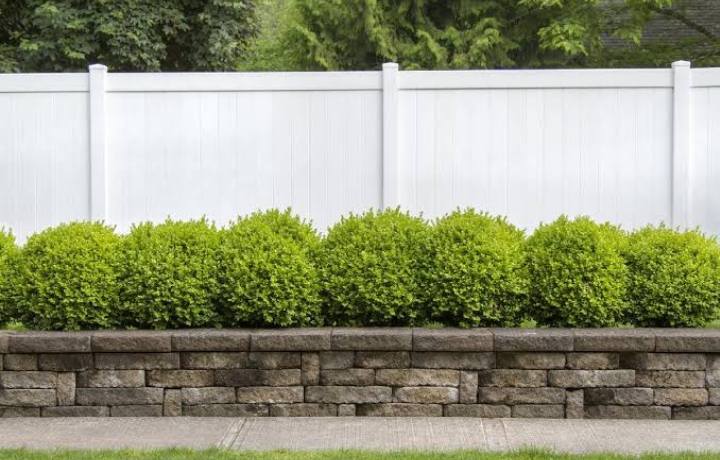
English Boxwood is native to Europe and western Asia. The shrub grows to an average height of 2-3 feet, but with proper care, it can grow taller.
English Boxwood is very versatile and can be grown in a variety of soils, from sandy to heavy clay, and is also adaptable to a range of light conditions, from full sun to deep shade.
The dense, dainty glossy-green foliage packing English boxwood’s round mounding form lend itself to use in low, formal hedges or perennial-bed edging. Its hardy through USDA zones 5 to 8.
Korean Boxwood

The Korean Boxwood is also referred to as the Wintergreen Boxwood (Buxus sinica var. insularis) or Littleleaf Boxwood (Buxus microphylla var. koreana). This plant is distinctive for its tiny leaves which are smaller and more delicate compared to those of other boxwoods.
On average, these shrubs reach a height of 2 feet. They are slightly wider than they are tall when they are mature and develop partially open branches. Flowers of the Korean boxwood are quite small but fragrant and attract bees while in bloom during April and May.
This cultivar can thrive well in USDA zones 4 to 9. In summer, the leaves are green in winter, they take on a bronze cast. The plant easly grows in any yard though it requires little more than regular pruning to keep its shape.
Also Read: Evergreen Shrubs For Front of the House
Japanese boxwood
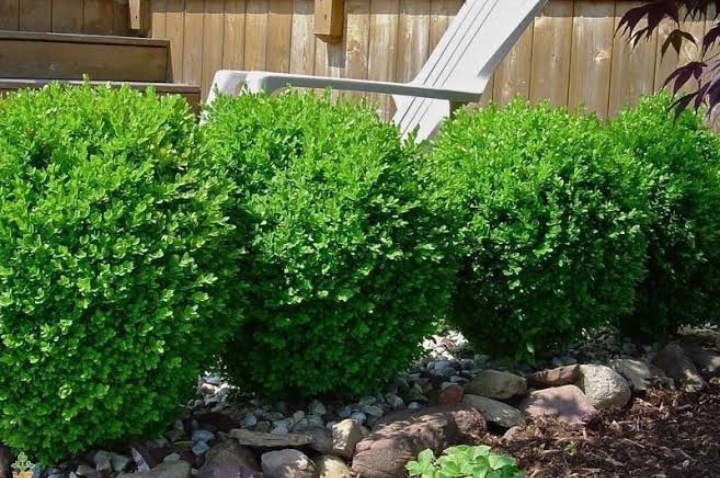
Japanese boxwood is a slow to moderate-growing shrub native to Japan, Korea, and China. It reaches a mature height of 4 to 6 feet, usually with a slightly narrower spread. The densely branched shrub produces 1-inch-long, light green leaves that sit in opposite pairs on green stems.
Although the leaves retain their glossy appearance throughout much of the year, they may lose some of their luster during the winter months and take on hues of bronze or yellow.
In the spring, Japanese Boxwood blooms with small, fragrant yellowish-green flowers that are not particularly showy but nonetheless add to its overall charm.
Green Beauty Boxwood
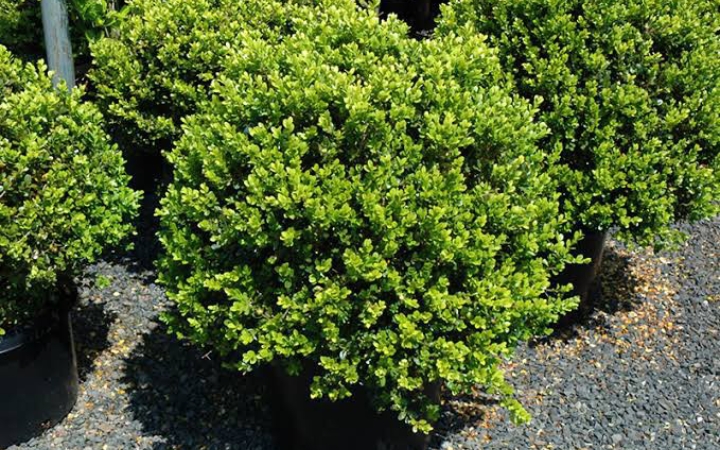
Green Beauty Boxwood (Buxus sempervirens ‘Green Beauty’) thrives in USDA zones 5 through 9 and is native to western Asia and Japan. The Green Beauty Boxwood grows to be 2 to 4 feet tall and wide, but can reach up to 6 feet in height with proper care.
Its leaves stay green all year but sometimes are scorched and turn brown if the plant gets too much sun in either summer or winter. In full, shade it may become straggly and less dense with leaves. It is also a good plant if you want to discourage rabbits or deer from visiting your garden.
Graham Blandy Boxwood
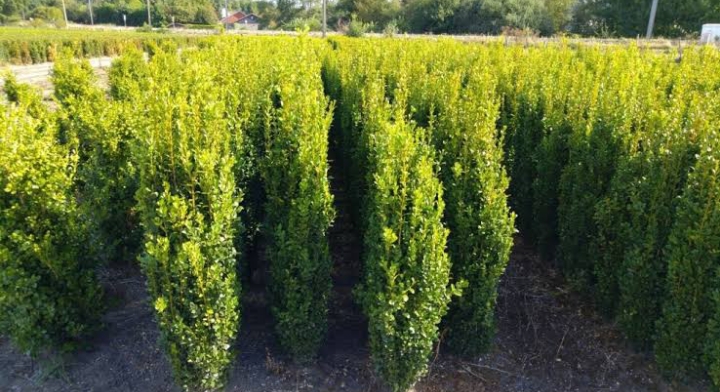
The Graham Blandy boxwood is named after Graham Furber Blandy (1868-1926), a New York stockbroker who left a lasting legacy in horticulture. Blandy bequeathed 700 acres of his land to the University of Virginia, with the intention of establishing the Blandy Experimental Farm. It was on this farm that the Graham Blandy boxwood cultivar was first discovered.
‘Graham Blandy’ has a narrowly upright, columnar form and fine, multi-stemmed branching. It can grow between 5 and 12 feet tall. One of the standout features of the Graham Blandy boxwood is its dark green foliage, which retains its color throughout the year and provides an attractive contrast to other plants in the landscape.
The leaves are soft and lustrous, soft green in spring and turn dark green as they mature. This shrub is very versatile as it can be trimmed into spheres or other more complex shapes.
Golden Dream Boxwood
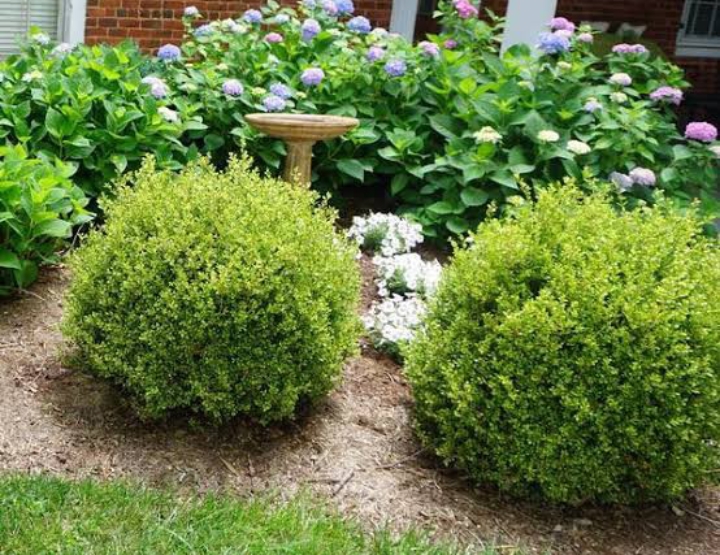
Golden Dream is a non-flowering, compact, low-mounded, evergreen cultivar that features bright green leaves variegated with irregular golden yellow margins. It was discovered growing in a commercial crop of ‘Faulkner’ in a nursery in Mariaheide, The Netherlands in 1994.
This cultivar usually grows to 1 foot tall over the first four years, eventually maturing over time to 2-3 feet tall. Golden Dream can be left to grow in a natural form or trimmed to a certain size and widths. A potted Golden Dream Boxwood at your front door is always a visual pleasure.
Also Read: Shrubs That Turn Red In The Fall
Wee Willie Boxwood
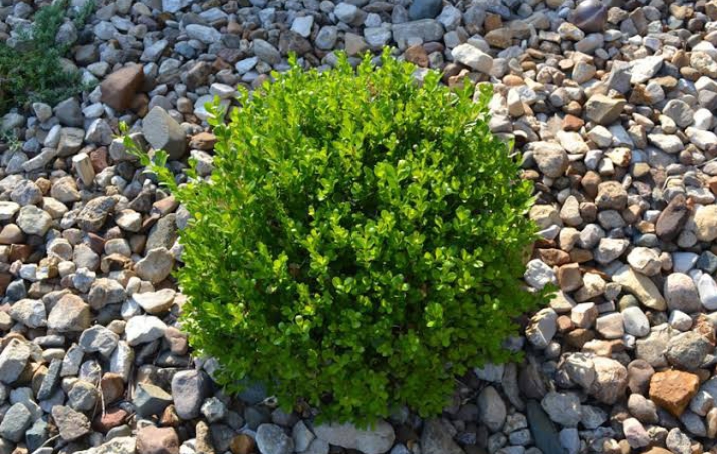
The Wee Willie Boxwood (Buxus sinica var. insularis ‘Wee Willie’) is a new and a true dwarf cultivar of boxwood that originated as a branch sport. It never grows bigger than two feet high or wide.
The foliage retains its emerald green color year-round, even throughout the coldest winters. Its hardy in USDA plant hardiness zones 5 through 9 and more often does not grow well next to a downspout, areas susceptible to flooding or wet areas. This small shrub is fairly tolerant to pruning and you can use it for hedges and foundation plantings.
Winter Gem
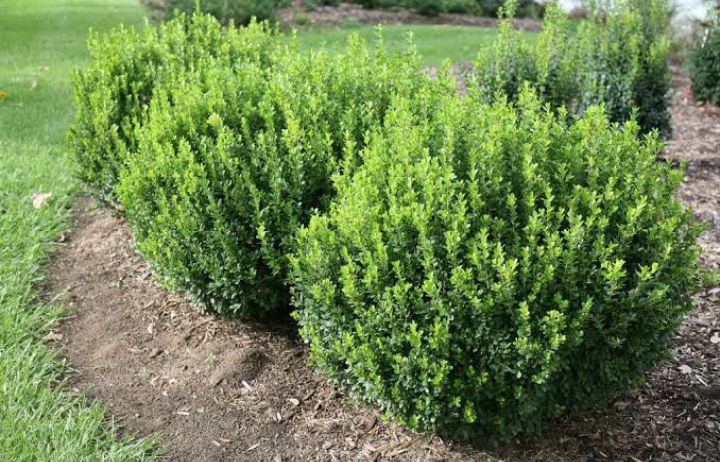
Winter Gem’ is a Korean boxwood and is among the hardiest of boxwood. It retains its rich green foliage through winter only acquiring a few golden bronze highlights.
It is hardy down to USDA hardiness zone 5b and it has leaves that are a deeper green than other varieties. Under favorable conditions, this shrub can reach up to 6 feet in both height and width, before pruning.
The best time to plant Winter Gem boxwood is during the late fall, late winter or early part of the spring. If you have to plant it, avoid planting at times of the year when temperatures are at their most extreme.
Green Mound Boxwood
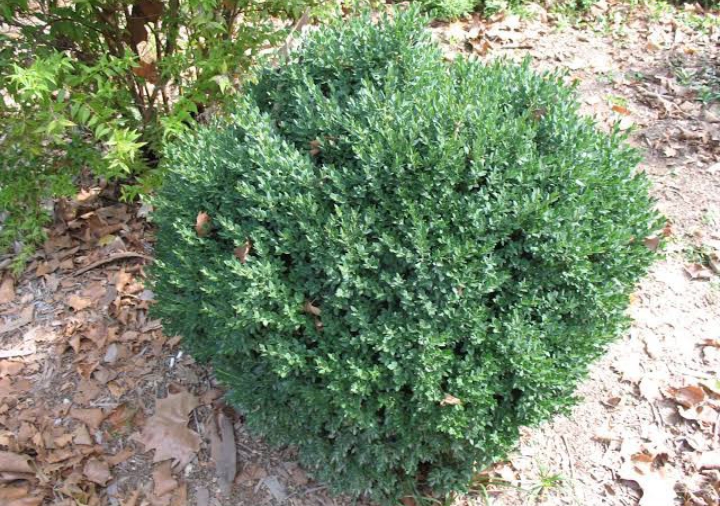
Green Mound Boxwood is slow-growing, cold-hardy hybrid boxwood with a spherical habit. Hardy in United States Department of Agriculture zones 4 through 9, it grows up to 6 feet tall in an upright, pyramid form particularly within the first 8 years.
It is made up of smooth-margined glossy deep-green leaves and is tolerant of pruning and shearing. It can be planted in rows to make a dividing wall between garden rooms or a privacy screen shielding a private garden from view from the street. A row of Green Mound boxwood grown along a bare wall will soften the appearance of the wall.
Fastigiata Boxwood
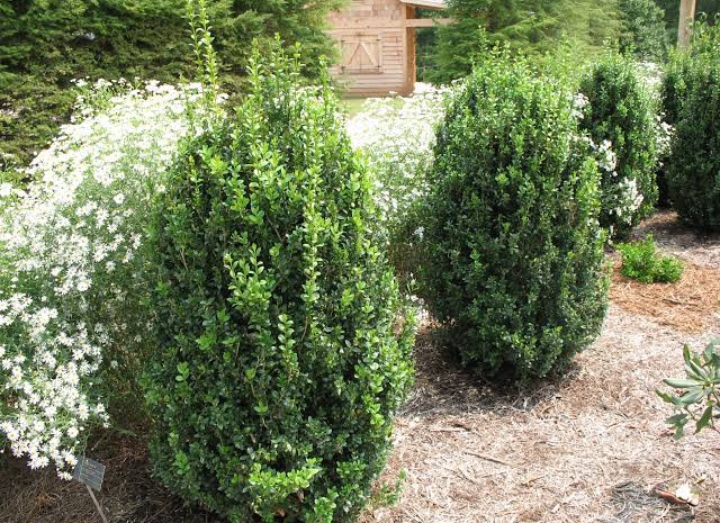
Fastigiata’ is a narrow conical form of English boxwood and eventually grows to between 4 and 12 feet tall. With proper care, Fastigiata boxwood shrubs can live up to 40 years or more.
They are hardy in USDA zones 6 to 8 and adapt well to container living. Because the full-grown plant remains quite narrow, it is particularly useful in tight spaces, such as narrow side yards or against walls.
A single Fastigiata boxwood can be used in the garden like an exclamation point, to accent the curve in a path or to draw the eye upward and give the illusion of more space in a small garden.
Also Read: Yellow Flowering Shrubs For Front Yards
The dwarf English boxwood
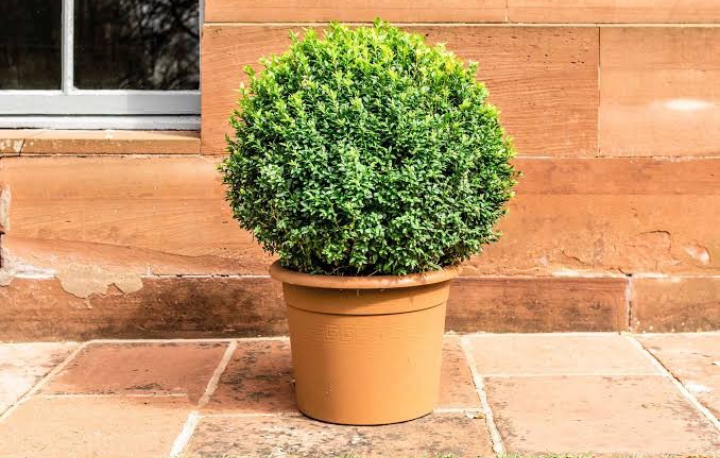
The dwarf English boxwood is a hybrid cultivar of English boxwood and will often get somewhere around 3 feet tall.
The small leaves are dark green on the top and light green on the underside. The deep-green foliage is soft to the touch. This shrub grows well in USDA hardiness zones of 6 through 8, especially when grown in sandy loam.
In the landscape, use it in a mass planting along walkways, foundations or as a low, bright Boxwood hedge along the edges of any garden bed.
Justin Brouwers Boxwood
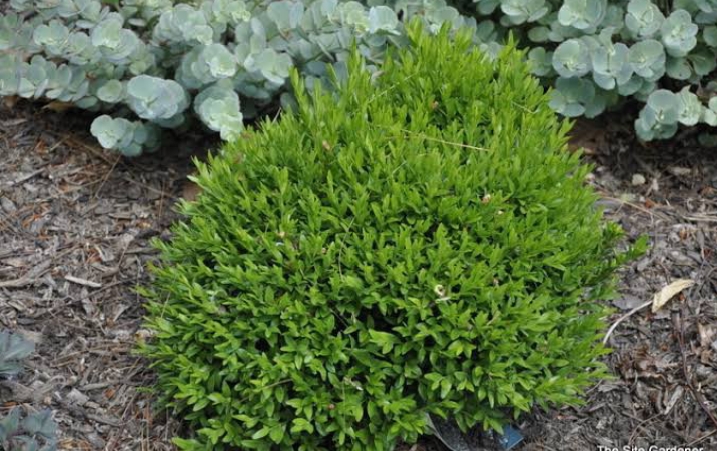
Justin Brouwers Boxwood is a dense multi-stemmed evergreen shrub with a more or less rounded form. This long-lived cultivar is particularly resilient and tolerant of repeated shearing and shade.
It grows to about 5 feet tall and a relatively much wider spread. This shrub often prefers partial shade in long, hot summers, but will also grow in full sun areas of the landscape.
You can plant Justin Brouwers boxwoods about 2 to 3 feet apart to grow into a hedge or as a wind block for shorter plants. It is always advisable to grow this boxwood variety in containers so as to be able to move the them around the landscape and use them as you may wish.
Green Tower boxwood
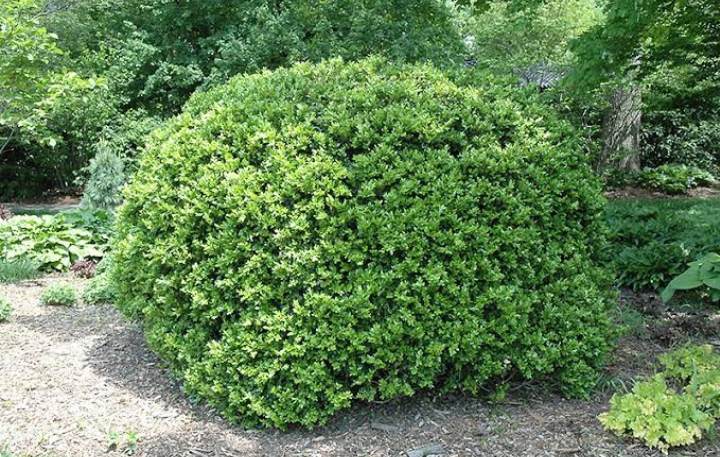
Green Tower boxwood has a growth habit that is more tree-like than most other boxwoods. In other words, it grows tall, narrow creating a columnar shape.
Its Lustrous dark green leaves have a lighter green leaves underside. This is a moderately fast grower, adding about 15 inches each year until it reaches its mature height of 9 feet. It remains only 1 to 2 feet wide at maturity, giving it a pronounced columnar shape.
You can grow Green Tower Boxwood in a container by itself or surround it with smaller “spiller” plants. Also, the very columnar growth makes it an ideal specimen for formal topiary shapes.
Also Read: Different Types of Yellow Roses
Green Velvet Boxwood
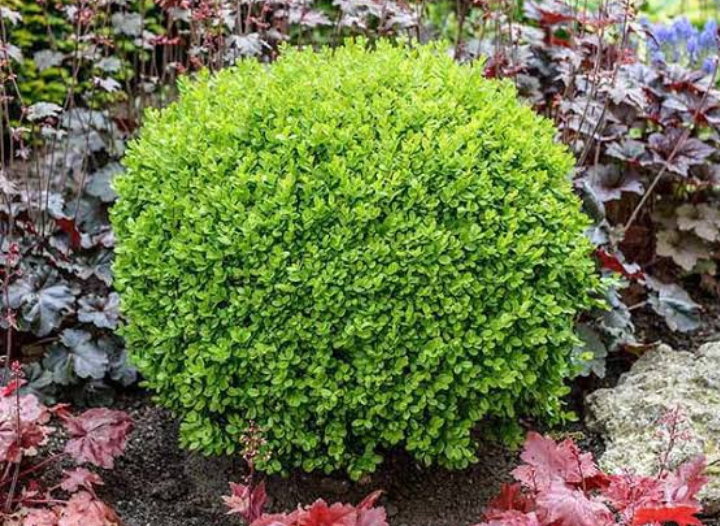
Green Velvet Boxwood is one of the best spreading forms with beautiful rich, deep green color. The cultivar grows into a neat mound, 3 to 5 feet in all directions.
Green Velvet Boxwood is a hybrid and relatively fast-growing type of boxwood. This boxwood hybrid combines the best characteristics of two other boxwoods — the hardiness and compactness of the Korean boxwood as well as the velvety deep green foliage of the English boxwood.
It is hardy in USDA hardiness zones 5 to 9. This boxwood develops the best color when placed in a shady area that is sun-dappled most of the day. In the colder end of the shrub’s hardiness range, situate it beside a house or wall to protect it from chilly winter winds.
Morris Midget Boxwood
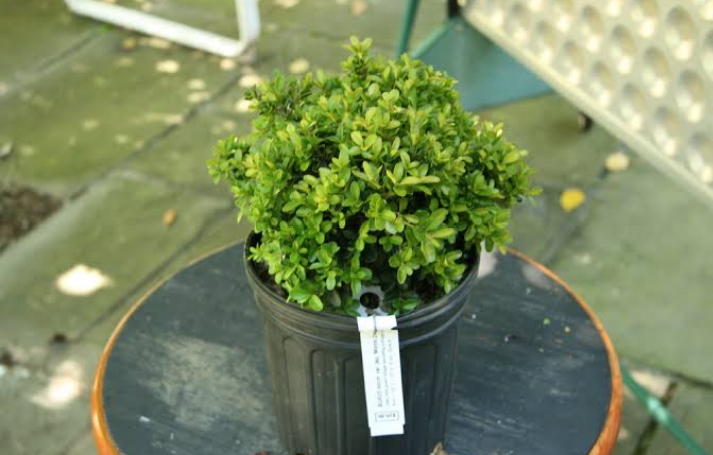
Morris Midget Boxwood is a dense multi-stemmed, compact shrub with a more or less rounded form. When grown in an average soil, that is, sandy-loam that is neither highly acidic nor highly alkaline, this boxwood will grow to between 3 and 4 feet tall with a somewhat larger spread.
Also, Morris Midget Boxwood is easy to grow and flourishes in areas with moderate temperatures, where it rarely falls below freezing or gets excessively hot in the summer.
When allowed to grow without shearing or pruning, you can eventually use the plant to define spaces in your garden, create a privacy screen or shaped it into topiaries or use it as to your as you may like.